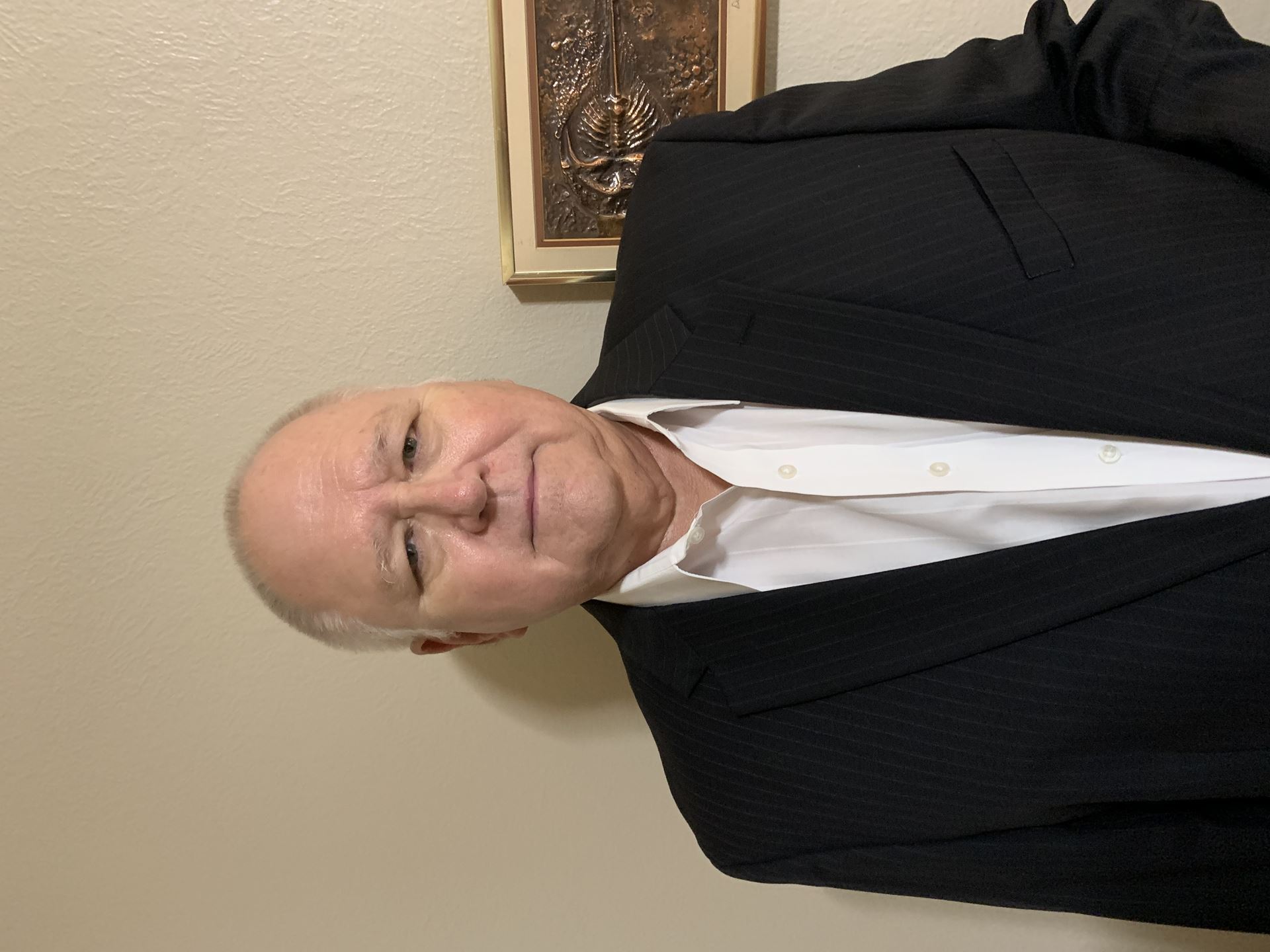***Members only pre-registration***
$25.00 Member Pre-Registration
$35.00 Non-Member Pre-Registration
$50.00 Late Registration
MAXIMIZING PRODUCTION FROM LOW GOR OIL RESERVOIRS CHESAPEAKE’S SPADE RANCH PROJECT
MITCHELL COUNTY, TEXAS
Low GOR oil represents the second stage of hydrocarbon generation from Type 2 Kerogen. This stage represents the largest expulsion of oil. Due to the low gas present (lack of buoyancy), migration of low GOR oil in rocks with small pore throats becomes frozen if the source fails or is cut off, such as by a fault.
The concept was developed at Chesapeake Energy during the analysis of the Mississippian formation in the Midland Basin. Oil production from the Mississippian had low GORs and oil recoveries less than14% of the OOIP. Even horizontal drilling and fracking failed to increase the recoveries.
Extensive mapping of the Midland Basin indicated potential OOIP reserves of over 2 billion barrels. Low GOR oil was found in sandstones, carbonates, dolomites, and cherts. Chesapeake chose to pursue the chert facies due to its high porosities (storage space) in Mitchell and Sterling Counties, specifically on the Spade Ranch. Additional encouragement came from Mississippian production in Renderbrook Field where a non-patterned waterflood increased production by 30+% (CHK).
Mapping in this area showed a potential of 350 MMBO, averaging 7.2 MMBO/section. With estimated waterflood recoveries of 40% of the OOIP, production could potentially be 140 MMBO. Using seismic, Chesapeake laid out a pilot project on the southeast portion of the Spade Ranch.
Chesapeake worked with the concept of drilling horizontal wells and initiating waterflood operations from the beginning of production. In low GOR reservoirs, the lack of solution gas and low compressibility of oil means that water injection response is measured in weeks not months or years.
A source well was drilled on an Ellenberger high and across a fault, three attempts were made to drill horizontal Mississippian chert wells. Unfortunately, Chesapeake was unable to successfully drill the horizontal legs in repeated tries due to difficult downhole conditions. Before further work was proposed, Chesapeake’s Permian properties were put up for sale.
Later, one of the horizontal wells vertical legs was completed producing 2613 BO and 277 MCFG, GOR 106, and the Ellenberger source well was completed in the Mississippian producing 11,903 BO and 2,550 MCFG, GOR 214.
The Spade Ranch project was a geologic success and horizontal failure but using conventional waterflood vertical wells for production and source, should result in obtaining the 40% recoveries.
Low GOR oils are common to most oil basins.

BIO :
Mr. Bedford began his career as an exploration geophysicist working offshore for Mobil Oil . After that he became a geologist working for Texas Oil and Gas and several small operators in South Texas.
Upon moving to East Texas, he combined his skills becoming a basin analyst working for his own company and several independents before becoming the lead geoscientist for Arco Permian concentrating on the Cotton Valley (Haynesville) reef play. It was with ARCO Permian that the initial development of what would become the East Texas Strawn Reef play began. With the acquisition of ARCO by BP, he continued as an independent before being hired by Chesapeake Energy as a Senior East Texas earth scientist. At Chesapeake, he worked with a small group who was instrumental in bringing Chesapeake into the Haynesville and Bossier Shale plays before moving into the New Ventures group. In New Ventures, he and the team worked on all the shale plays in the US including the Eagleford, Woodford, Marcellus, Utica, and the Bakken.
Chesapeake added responsibilities to expand and develop the Permian waterfloods purchased as a part of various shale acquisitions. Exploring adjacent fields lead to the development of the migration pathway concept for the Midland Basin Mississippian. When Chesapeake decided to pursue the concept, he moved into the Permian group. During this period the East Texas Strawn play was further developed by Chesapeake. He left Chesapeake when the decision was made to sell the Permian assets.
After Chesapeake, he became the acquisition manager and the Florida manager for Kerogen Exploration.
From Kerogen, he became the Rockies Asset Manager for CNOOC.
In the past years he has worked for various groups and is currently working to develop geothermal projects in oil and gas fields.